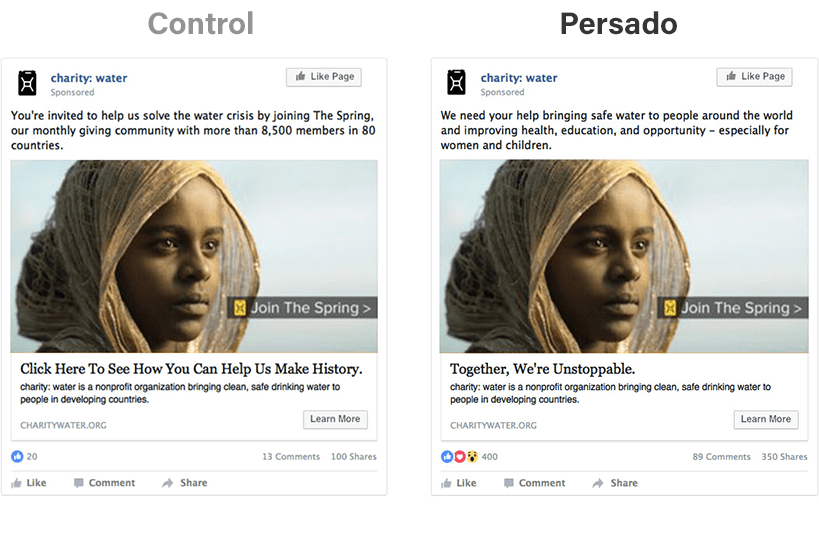
We all love love — but do we love it more this year than in years past? Alexandra Mondalek, a reporter for Business of Fashion, tweeted (above) that the word love is being used more than usual this season, and many people seem to agree. “I’ve seen it everywhere”, one person comments. “Gap has been doing it for 20 years [minimum]”, another person responds.

So, is Mondalek correct? Are fashion and apparel brands really using the word love more this holiday season than others preceding it? We raise you a follow up question— Are people also responding to the word love more in 2021 than in prior years?
What Our Data Shows
We happen to have *just* the data to answer this question. Here is what we found:
We examined data from more than 10 retailers in the fashion and apparel industry spanning from fast fashion to luxury fashion across the US, Europe and Canada, for the months October through December 2021 compared to the same period in 2020. Our data shows 4% of all fashion and apparel messages dispatched between October 2021 through December 2021 contained the word love in 2021 and 4% for the same time period in 2020. So year over year, we have not seen an increase in frequency of the word.
However; interestingly, the way love gets used in messaging is different this year than years past in fashion and apparel. Rather than using love to point to a product (i.e. you’ll love these new jeans), we are using love in the context of intimacy more this year than ever before (i.e. a little love from us or to our beloved customers). 33% of all messages sent using the word love during October-November 2021 used the word in the context of intimacy rather than to describe a product compared to 8% for the same time period in 2020. This suggests that perhaps the word love is getting noticed more this year because of the new context in which it is used— the subliminal message from the brand being, we care about you.
The Different Contexts of “Love”
Mondalek raises a great point with this tweet— it does appear that retail marketing campaigns are leaning on more intimate messaging to connect with their audiences than in prior years. For background, in its usual context the word love used in relation to a product would be classified with the emotion, excitement, or language that denotes positive news with enthusiastic delivery. Examples of love in the context of excitement would be:
- Cozy sweaters you will absolutely LOVE ????.
- Our most loved gift sets are here ????
- You’ll love wearing these boots *everywhere*
In this newer framing, however, we are using love in the context of the emotion, intimacy, or emotional language that implies a familiar relationship with the customer. Some examples of love in the context of intimacy are:
- Share the ❤️ with your loved ones
- A timeless piece they will love forever ✨
- We love cheering you on ????
With Valentine’s Day Approaching
We expect this reliance on Intimacy language to bleed into Valentine’s Day communications. Last Valentine’s Day, retailers relied more heavily on Intimacy than in the past, and given how important Intimacy was this holiday season, we don’t see this trend stopping. This Valentine’s Day, expect language such as:
- Sent with lots of love ????
- A little love goes a long way ????
- Love, Us ????
We also expect to see love surface in the context of gratitude:
- Because we ❤️ you
- You deserve a little love ????
- Just showing you some love ❣️
Gratitude
language, or the expression of appreciation and affection in a personal way, delivered a lot of value to retailers last holiday season. It goes hand in hand with intimacy, focusing the love on people rather than products. We expect “love” to be all over marketing this month, and it might just catch your eye because it’s a different type of love language that we’re used to.
How Customers Are Responding
The data shows that during the holiday season intimacy has been a top three performing emotion garnering the most responses from customers, while excitement has fallen below in performance during this time of year. Read as: framing campaigns with the emotion intimacy is resonating with customers this holiday season. Customers are noticing and responding to this shift in language— and Mondalek’s tweet is the perfect example of this.


